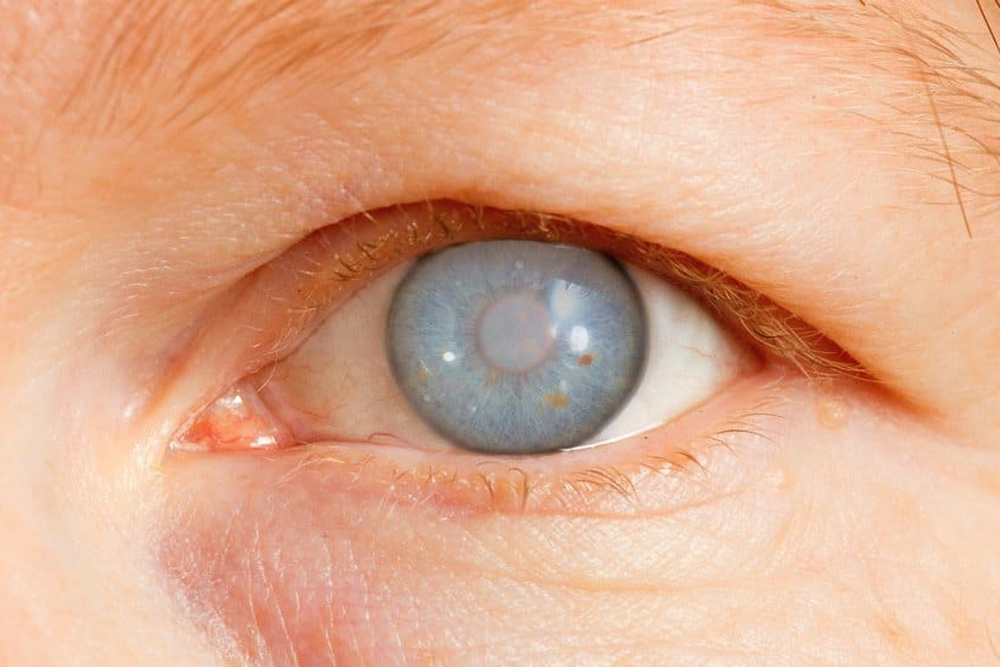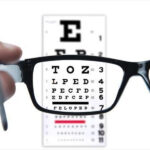Side Effects Of Staring At Computers For Too Long (Things You Should Know)
The Side Effects Of Staring At Computers For Too Long:
After spending too much time manipulating the computer mouse and staring at a computer screen it is completely normal to experience eye strain. Many people complain about eye strain after only a few hours of work. This should not be ignored because computer vision syndrome can develop over time and cause more problems than one might think.
When people are too close to the screen of their television or computer, they may be creating extra stress on their eyes. The lighting in these environments can cause irreversible damage by overworking our sensitive optic nerve cells and Retinal pigment epithelium (RPE).
Should you need to have your eyes checked then what are you waiting for, give us a call now at (714) 996-1136.
So, what are some of the side effects of staring at computers for too long?
Here is a list:
- Dry Eyes
- Itchy Eyes
- Sticky Eye
This eye strain affects the muscles of your eyes, causing them to feel fatigued. Fortunately, this eye strain can be treated easily by resting your eyes for a moment or two every couple of hours. However, if your eye strain becomes worse, you may have developed computer vision syndrome.


Computer Vision Syndrome
Computer Vision Syndrome, also called CVS for short, is one of the side effects of staring at computers for too long and an extremely common condition that many people deal with. It occurs when your eyes are constantly directed at the screen of any kind and oftentimes this includes computers as well.
This hazardous activity can cause permanent damage or even lead to temporary vision loss if stress levels go up in addition to how much time you spend looking into something like this without blinking!
The rate varies depending on who’s researching them but studies show 50%-90% of computer users will experience some type of symptoms due to concentrated staring for too long periods.
In this case, the symptoms of computer vision syndrome include:
- Headaches when you look at a computer screen
- Gritty feeling in the eyes
- Blurred vision when looking at computer screens for too long
This eye condition is a serious problem, so if you have been experiencing any of the above symptoms for more than two days, it’s time to see your eye doctor! Let’s hit the link to check for an Optometrist near me!


Computer Vision Syndrome Treatment
Technology is a blessing and a curse, as it has allowed us to progress faster than ever before. However, the downside of all these advancements in technology that we use daily could be damaging your eyesight if you’re not careful about how much time spent looking at screens day by day for hours on end can potentially do long-term damage!
There are some things though such as reading from paper instead or simply doing something else like gardening which may prove more beneficial over time because they don’t require focus from our eye muscles altogether while computer work does – so take caution.
Other sources say that prolonged exposure to the computer, while already experiencing symptoms of CVS can permanently impair your distance vision.
Computer Vision Can Be Treated Easily
Fortunately, computer vision syndrome can be treated easily if it is taken care of. The best computer vision syndrome treatment usually involves wearing anti-fatigue lenses while working near a computer. This will help you to avoid eye strain completely.
You should also try to blink often while you’re looking at the computer, which will prevent eye strain. Additionally, it’s important to take breaks away from the computer every few hours while working. This will help you to reduce the amount of eye strain you are experiencing.
An alternative to anti-fatigue lenses is computer glasses which can be obtained from an eye doctor. If you cannot afford to purchase these glasses, it’s possible to make them at home using a cardboard frame and some paper.
Computer Eye Strain Symptoms
Computer eye strain is usually very easy to identify because many symptoms go along with it. Headaches, eye pain, and poor adjustment to computer screens are all common symptoms of computer vision syndrome. There is also a chance that you will have to deal with sticky eyes, dry eyes, and blurry vision when you are not near a computer.
To treat these symptoms, it is usually best to rest your eyes for a couple of minutes every 2 hours. Taking breaks away from the computer screen is also an option, so you can move your eyes around more. Lastly, you might want to consider wearing anti-fatigue glasses while at the computer. Doing any of these computer eye strain treatments will help you to prevent computer vision syndrome.
So, if you’ve been experiencing any of the above symptoms for more than two days, you may have a serious eye condition. Don’t ignore it! Instead, try to rest your eyes every 2 hours and take occasional breaks away from the computer. Also, take a look at your computer glasses if you have them! In any case, it’s very important to see an eye doctor as soon as possible if your symptoms of computer vision syndrome don’t go away.
It’s never too early to start considering your vision needs. You should always wear glasses when you work on computers or watch television – even if the lenses are cheap and only have an anti-reflective coating on them.


Age May Increase Your Chances Of Needing Prescription Glasses
One out of every five people wearing prescription glasses has them only for reading. If you’re over the age of 40, you may need reading glasses much earlier than that. Age is a factor in the need for reading glasses, but other factors can contribute as well, such as focusing on near objects for long periods.
Presbyopia is the most common age-related eye condition that causes your eyes to lose their ability to focus on close objects. It is a natural part of the aging process and happens to everyone as they get older.
Which factors increase your chances of needing prescription glasses?
Age is one of the main causes which can increase your chances of needing prescription glasses. Many other factors may also play a role in this, such as your race, gender, and family history.
Presbyopia is something that affects most people as they age. Its effects might include a reduced ability to see things up close, and a greater need for reading glasses. This age-related eye condition is caused by a loss of elasticity in your lens.
You can develop presbyopia at a younger age, even as early as the late teens, if you have some genes that increase the likelihood of needing prescription glasses. A few specific gene mutations have been identified that can cause presbyopia to develop earlier in life. As well, overuse of the near vision system (reading, watching TV, CRT monitors with too high resolution, etc.) may lead to early presbyopia.
In some cases, presbyopia can also be caused by a traumatic injury to the eye. However, the most common cause of developing early presbyopia is a family history.
Presbyopia (age-related farsightedness) is not the same as computer vision syndrome. Although some characteristics of these two conditions are the same, presbyopia cannot be prevented by changing working conditions, while there are ways to protect yourself from developing computer vision syndrome.
A lot of people think it is enough just getting prescribed eyeglasses once we reach our teens; however, there may come a time after age increases one risk factor like having prescription lenses which lead towards needing stronger eye protection (glasses).


How To Prevent Getting Computer Vision Syndrome
To avoid getting side effects of staring at computers for too long such as computer vision syndrome, it is recommended to use some prevention techniques while working on the PC.
- Many people think that they can avoid computer vision syndrome by looking at another object away from the screen for a few seconds. Although this may help relax the eye, it does not provide any protection for the eye.
- Blinking is very useful in helping the eyes to get lubricated, but many people forget to blink when they work on their PCs. This is especially true when they are concentrating on a task.
- The American Optometric Association recommends that people take a break from work and stare straight ahead, then out into the distance (at the horizon or a distant object), and then close their eyes for about fifteen seconds after every twenty minutes of computer use.
- Keeping the head and back straight will also help avoid eye problems as well as neck pain.
- People should reduce the brightness and contrast of their computer screens.
Researchers estimate that about 80% of people who develop computer vision syndrome have the problem only while working on a computer. Computer vision syndrome is often mistaken for eye strain, dry eyes, or even conjunctivitis. It was found that 80% of computer glasses wearers experienced symptoms of computer vision syndrome, and 40-50% reported some kind of dry eye symptoms.
When computer users get new glasses, they may get a stronger prescription than needed, which worsens the condition of their eyes. Computer vision syndrome was first identified in the 1980s, and since then it has been a topic of discussion for optometrists.
Although many people think that symptoms of computer vision syndrome get better with time, this is incorrect. Instead, the symptoms only get worse over time if not treated properly. Of course, age may very well increase our chances of needing prescription eyeglasses. But just in case you need them too–always try to wear glasses while working because this could save your vision!
Should you need to have your eyes checked then what are you waiting for, give us a call now at (714) 996-1136.





